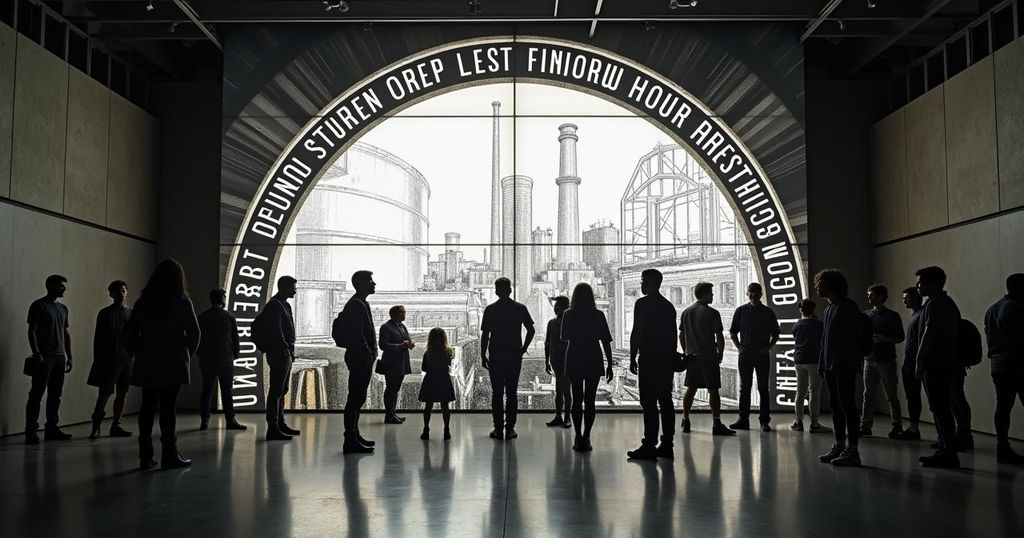New research from Professor John Gardner reveals that the Crystal Palace was constructed in just 190 days thanks to the innovative use of standard screw threads, particularly Whitworth screw threads. This advancement allowed for quicker assembly and demonstrates a pivotal moment in engineering history, marking a shift towards standardisation in construction.
Recent research led by Professor John Gardner from Anglia Ruskin University has unveiled the secret behind the rapid construction of the Crystal Palace in London, which was completed in just 190 days for the Great Exhibition of 1851. This colossal structure, known as the largest building in the world at the time, was the first to implement standard screw threads, specifically Whitworth screw threads, revolutionising engineering processes. Measuring over 560 metres in length and supported by 3,300 cast iron columns beneath a massive glass roof, the Crystal Palace exemplified Victorian engineering prowess, capable of expanding by 12 inches in warm weather. Historians had long been puzzled by its swift construction, particularly since its design was approved only months before completion. This groundbreaking study has been published in The International Journal for the History of Engineering & Technology. During excavations at the original site in Sydenham, research teams discovered artifacts, such as a column bolt and a nut and bolt from a nearby water tower, both adhering to British Standard Whitworth measurements. This standardisation addressed the inefficiencies of a previous system where screws and bolts had no uniform sizes, crucial for a project with 30,000 fasteners. Professor Gardner emphasises the significance of standardisation in engineering, stating that it has become commonplace in modern construction, yet its pivotal role in the Crystal Palace was not acknowledged until now. The exhibition welcomed around six million visitors, showcasing brilliance from that era, including notable figures such as Charles Dickens and Charles Darwin. Although Joseph Whitworth received recognition at the exhibition for his innovations, his essential contribution to the building’s construction has only recently gained attention.
The Crystal Palace, originally constructed for the Great Exhibition of 1851, showcased Britain’s industrial capabilities and played a critical role in the development of architectural engineering. Its extensive use of iron and glass marked a significant advancement in the field. The mystery of its swift construction was largely attributed to the innovative application of standard screw threads, which simplified the engineering process and increased efficiency. The use of Whitworth screw threads is a monumental example of how standardisation transformed construction techniques in the 19th century, paving the way for future engineering practices.
The unveiling of the engineering techniques behind the Crystal Palace underscores the importance of standardisation in construction. Professor Gardner’s findings not only clarify the historical mystery of its rapid assembly but also highlight the lasting impact of Whitworth’s innovations in the engineering world. Despite its tragic end in a fire in 1936, the Crystal Palace remains a significant landmark in architectural history, exemplifying the ingenuity of the Victorian era.
Original Source: www.techexplorist.com







